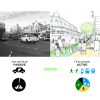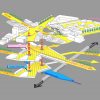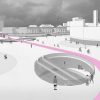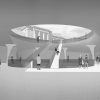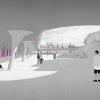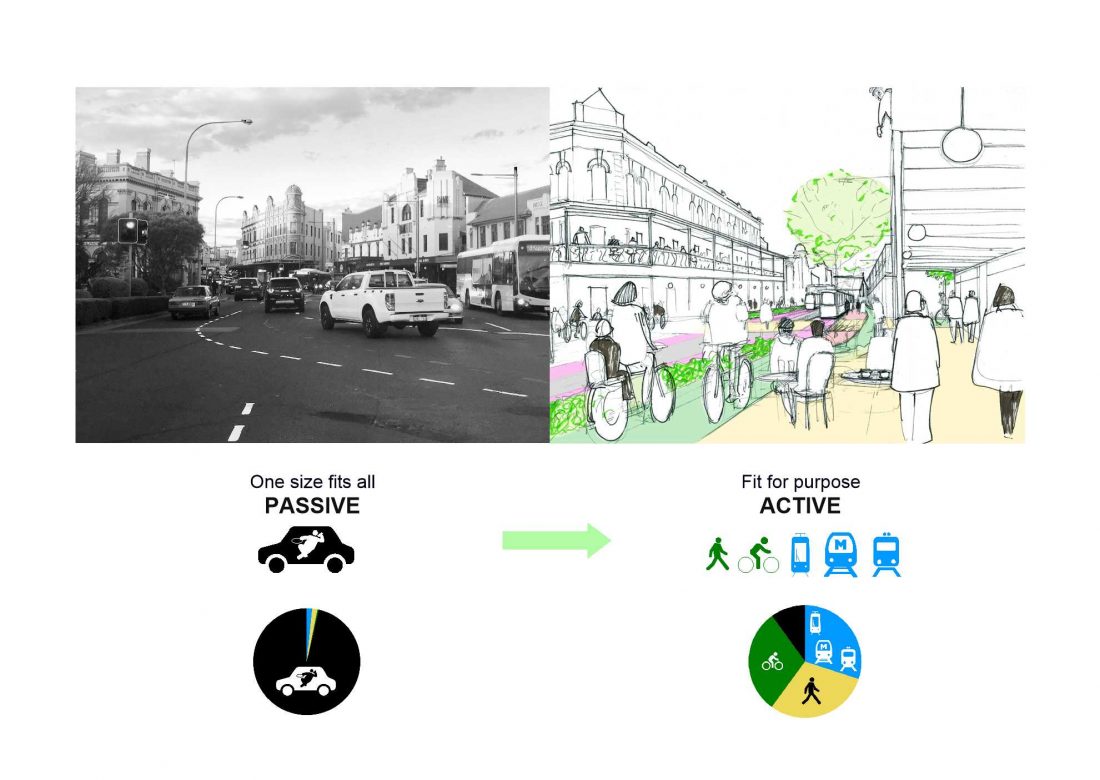 Car dependant passive transport should be replaced by diverse, active transport modes such as walking, bicycling, trams, metros and trains.
Car dependant passive transport should be replaced by diverse, active transport modes such as walking, bicycling, trams, metros and trains.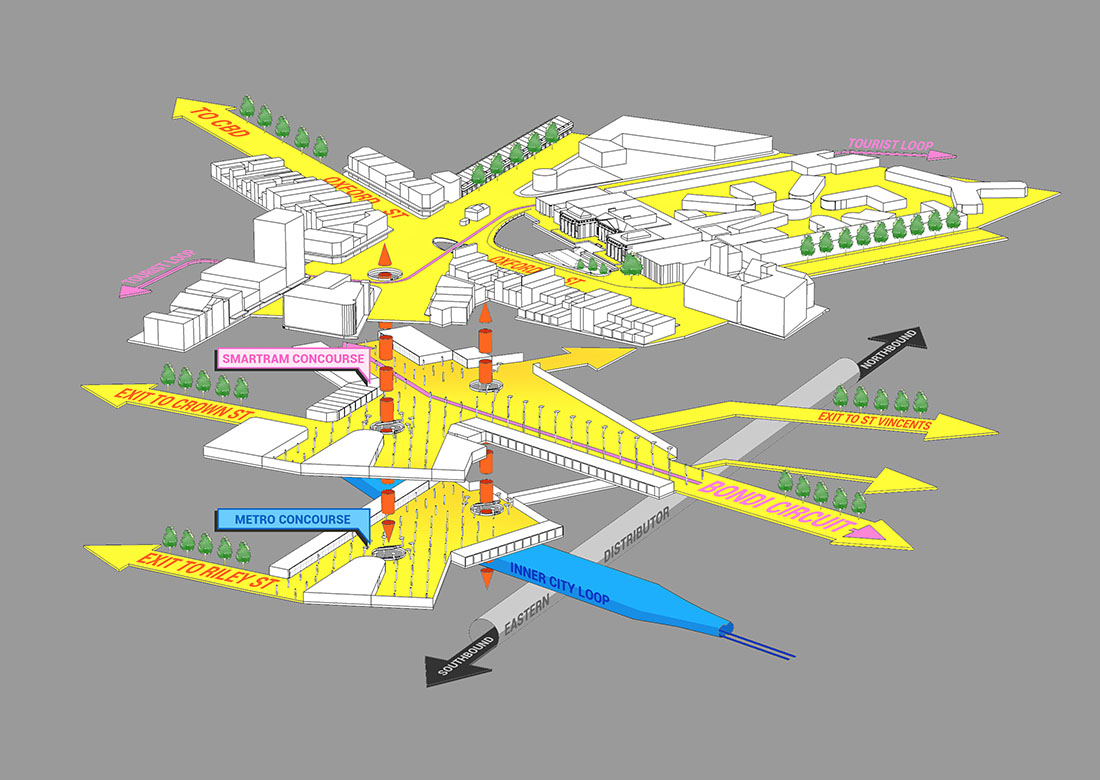 Taylor Square Interchange
Taylor Square Interchange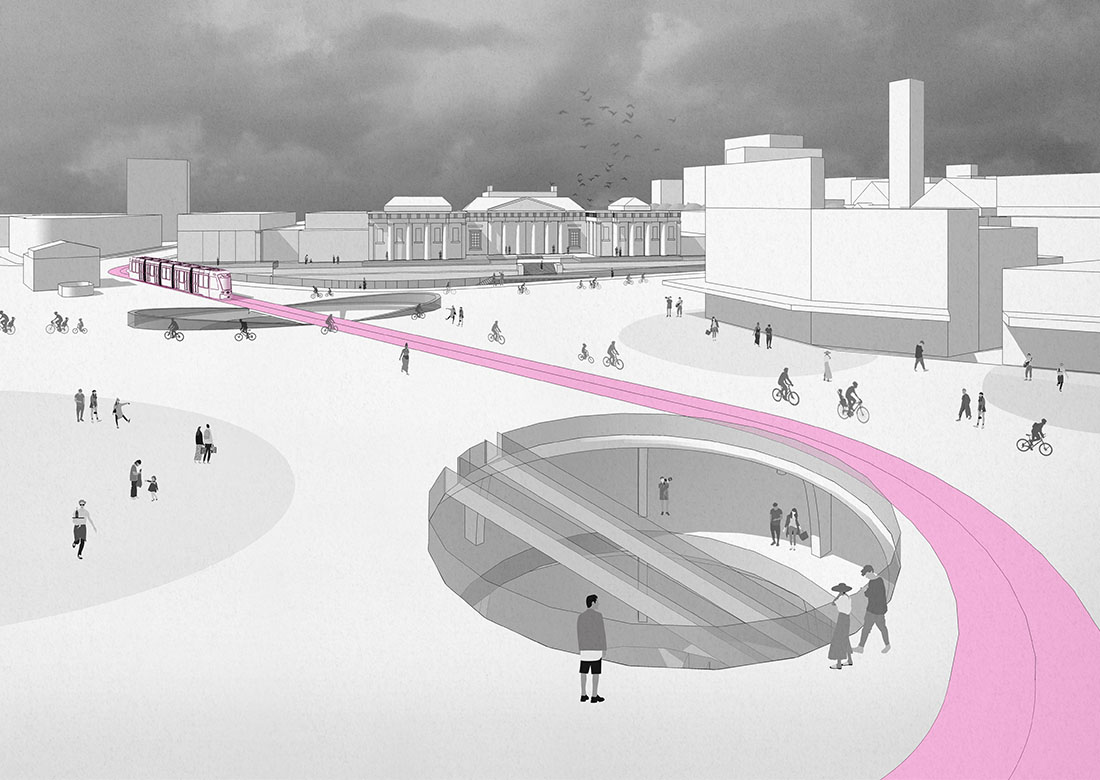 "Taylor Square channels Trafalgar Square through Hyper Active Transport"
"Taylor Square channels Trafalgar Square through Hyper Active Transport"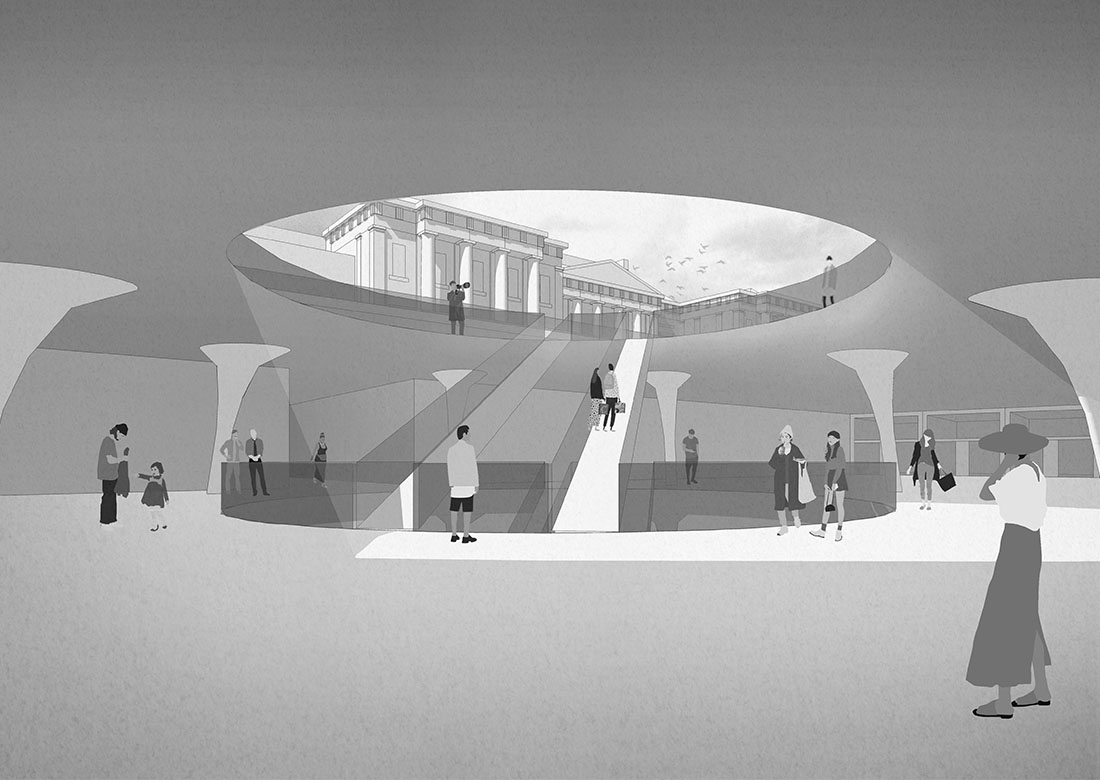 "Work with what you've got"
"Work with what you've got"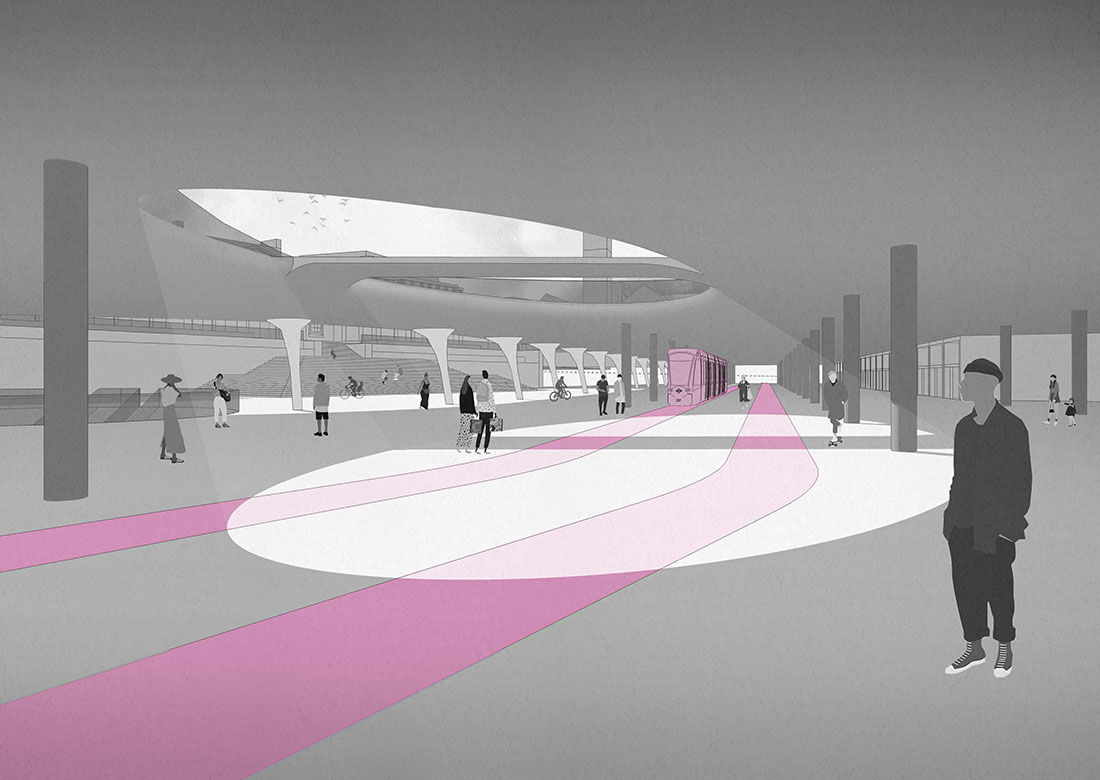 "Taylor Square Interchange will remove congestion from our city"
"Taylor Square Interchange will remove congestion from our city"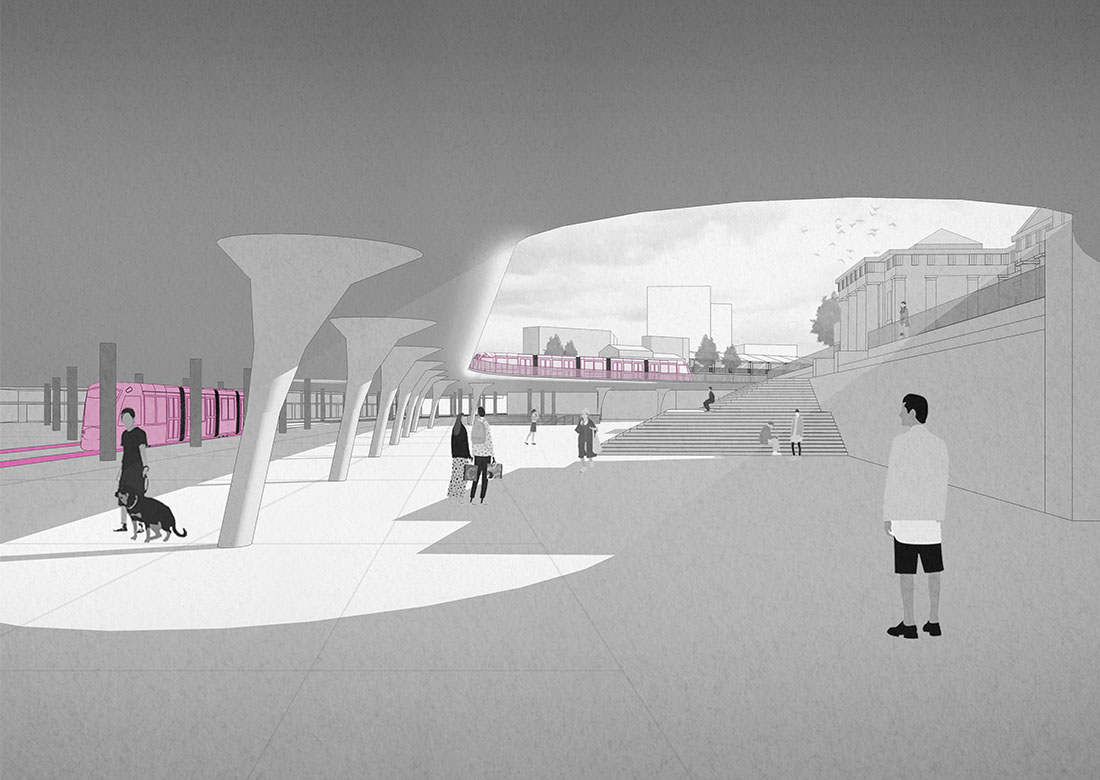 "Density is inevitable, the question is how to make it liveable? The answer is mobility."
"Density is inevitable, the question is how to make it liveable? The answer is mobility."
Hyper Active Streets: Oxford Street
Hyper Active Streets:
Oxford Street
Shortlisted in the Australian Urban Design Awards 2018
Leadership, Advocacy and Research
City and Regional Scale
‘Hyper Active Streets: Oxford Street’ is a case study of how passive transport has congested Sydney’s streets. Unlike Active transport (walking, cycling, mass transit), Passive transport (cars) has damaged the health, sustainability and liveability of our cities. While driverless cars appears as a solution, it will only increase congestion if it means every individual can order a personal vehicle on a whim. The result is Passive streets that are filled with cars and empty of pedestrian life. This is particularly detrimental to commercial strips that were once supported by Sydney’s extensive tram network. The solution takes the principles of Hyper Active Transport (HAT) and tailors it to the needs of each city.
A stop on Sydney’s HAT Inner City Metro Loop, Taylor Square is a prime example of how a transport interchange can re-activate and energise an area. The proposed intervention focuses on the Darlinghurst Courthouse and makes use of Sydney’s hilly terrain to provide universal access to each floor from street level.
Taking cues from Australia’s most profitable shopping arcades like the QVB and the Strand, a Taylor Square interchange with integrated shopping strips can be a financially successful and easily accessible destination. This could transform it into a busy public square, where Zurich’s Hauptbahnhof meets London’s Trafalgar Square. With Taylor Square brought to life by active transport, Oxford Street can evolve into what we call a ‘Hyper Active Street’, HAS.

